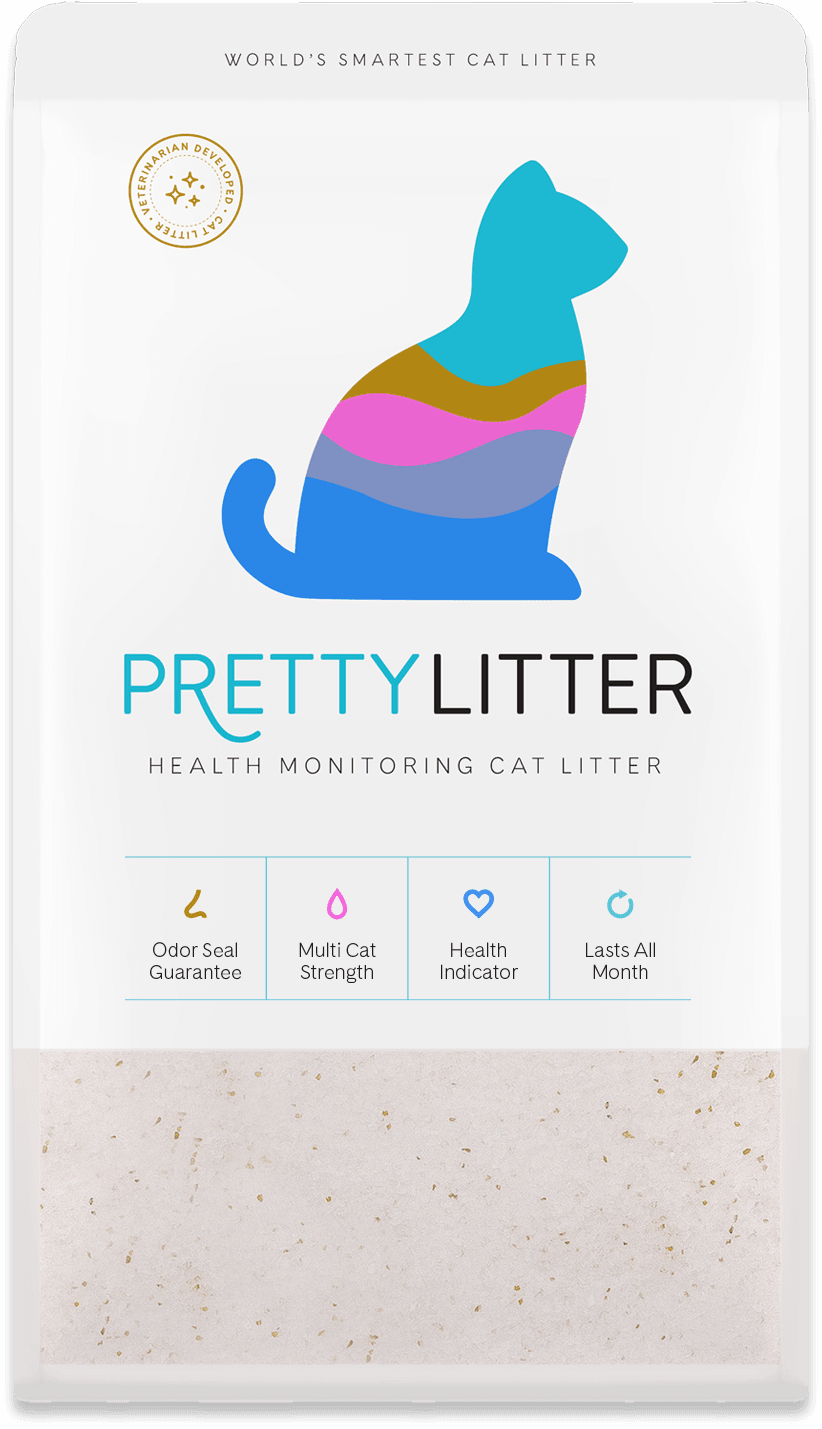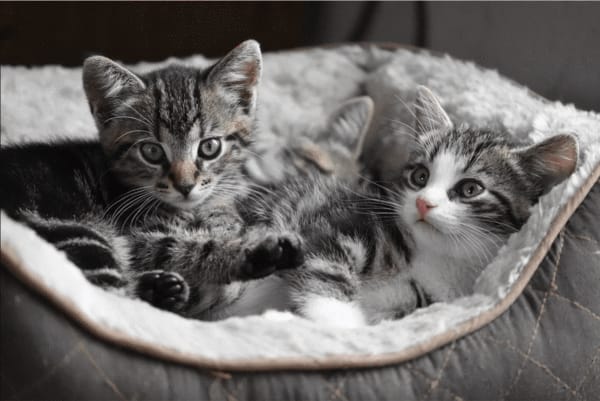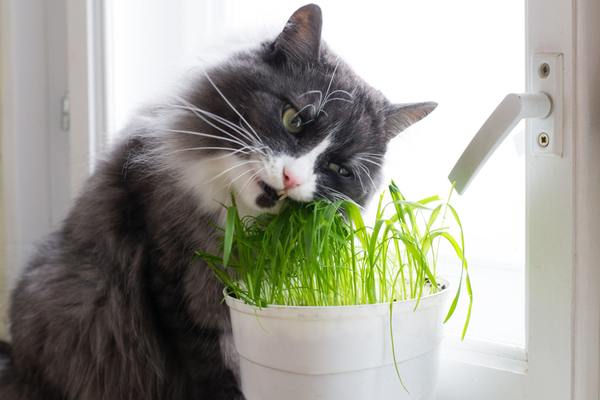August 31, 2018 |4 min read |Veterinarian Reviewed
Polydactyl Cats: The Extra Toe Gene

Written by

What Causes Polydactyly?

The exact gene responsible for the extra toes is unknown, but we do know it's a genetic mutation that is the result of an "incomplete" dominant gene inheritance. This means that any cat born with the gene should display the trait and be born with at least one extra toe; in clinical observation, however, the trait is only displayed about 50% of the time, meaning it is an "incomplete" dominance.
Cat Litter That Prioritizes Their
Health & Your Happiness.
to get your first bag for only $14.99
Is Polydactyly Harmful?
Do Polydactyl Cats Require Extra Care?


Polydactyl Cat Trivia
- Cats with extra toes are also called Hemingway cats in honor of the American novelist Ernest Hemingway, who had a colony of about 50 cats, about half of which were polydactyl.
- A Canadian orange tabby named Jake holds the Guinness World Record for the most toes on a cat. In 2002, his vet counted seven toes on each paw. However, there are rumors of a cat named Mickey Mouse who lived in the 1970s and had a whopping total of 32 toes, but that rumor has never been verified.
- Polydactyl cats were once favored by sailors, who believed them to be good luck and often took them aboard ships with them. It was thought that their extra toes led to better balance, and that that luck would help ships fare better in stormy seas. This maritime fascination might also explain why polydactyl cats were once mostly found in the Northeastern United States and Nova Scotia, and why polydactyly used to be fairly common among Maine Coon cats.
- One of the first cats to live in the White House was Theodore Roosevelt's cat Slippers, which was--you guessed it--a polydactyl!
Sources:
1. https://icatcare.org/advice/polydactyl-cats-cats-with-extra-toes/
2. https://www.thesprucepets.com/polydactyl-cats-4175908
3. https://www.floridawildvethospital.com/polydactyl-cats-an-amazing-genetic-mutation/







